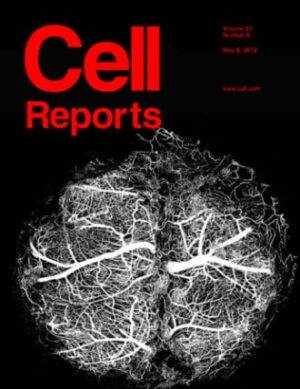Viktor H. Koelzer, et al, Nature Medicine, 2018. Immune checkpoint inhibitors have become a successful treatment in metastatic melanoma. The high response rates in a subset of patients suggest that a sensitive companion diagnostic test is required. The predictive value of programmed death ligand 1 (PD‐L1) staining in melanoma has been questioned due to inconsistent correlation with clinical outcome. Whether this is due to predictive irrelevance of PD‐L1 expression or inaccurate assessment techniques remains unclear. The aim of this study was to develop a standardised digital protocol for the assessment of PD‐L1 staining in melanoma and to compare the output data and reproducibility to conventional assessment by expert pathologists.









